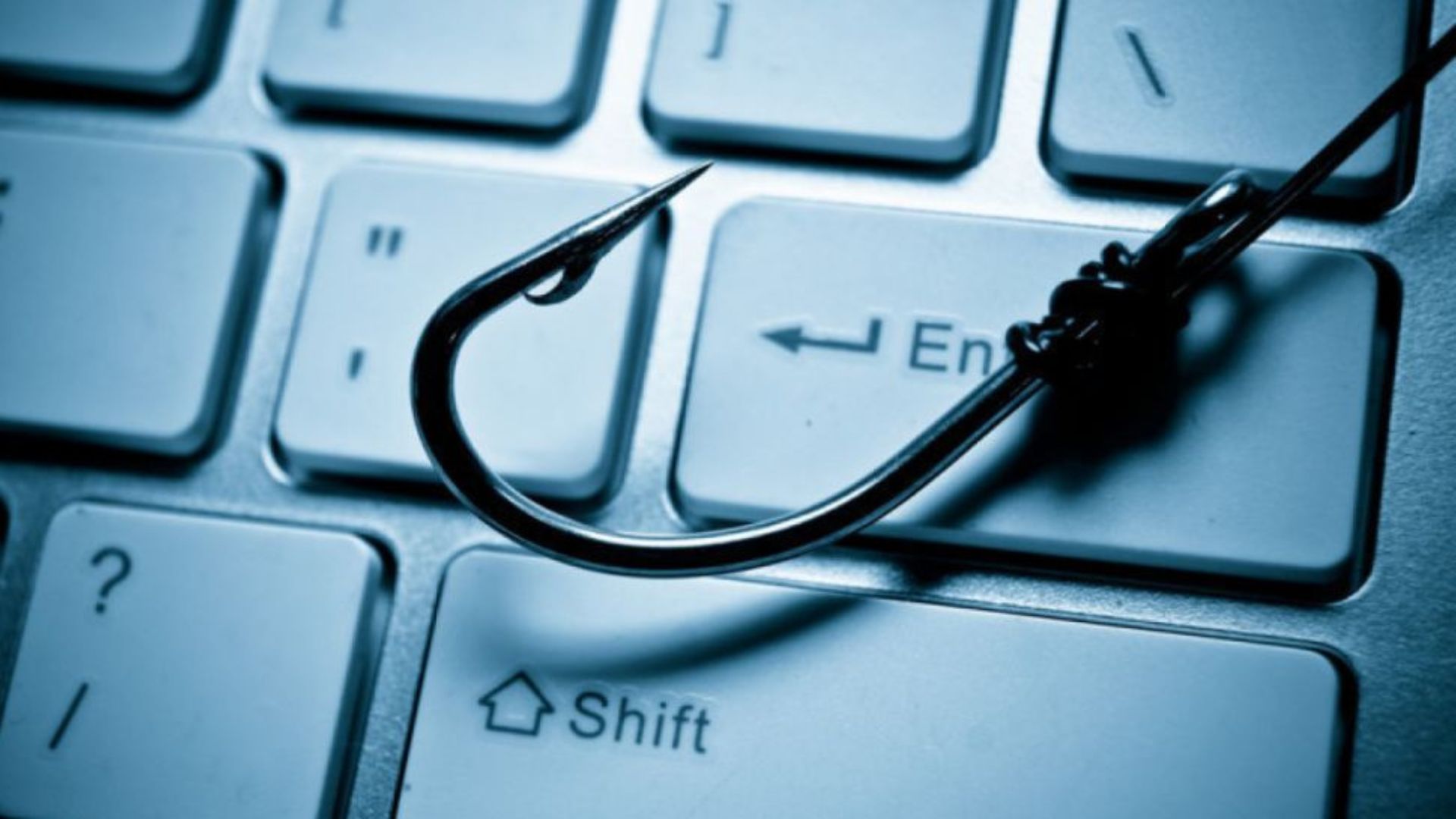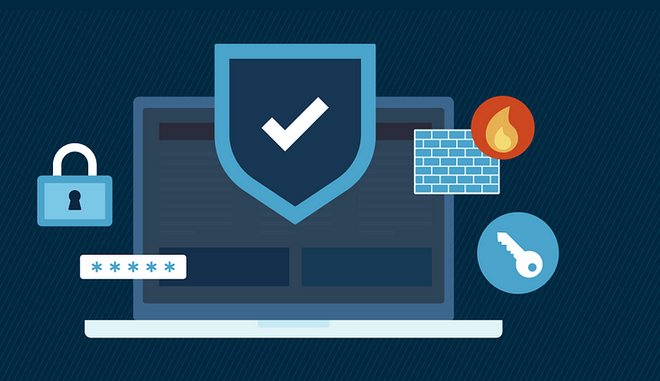
Understanding the Dangers of Phishing Attacks
Phishing attacks have become a prevalent threat in the digital age, targeting individuals, businesses, and organizations worldwide. These deceptive tactics aim to trick unsuspecting victims into divulging sensitive information such as passwords, credit card numbers, or personal data. In this article, we’ll delve into the dangers of phishing attacks, exploring their various forms, the tactics used by cybercriminals, and the potential consequences for victims.

What is Phishing?
Phishing is a type of cyber attack where attackers masquerade as legitimate entities to deceive individuals into providing confidential information. These attacks commonly occur via email, text messages, or malicious websites. The goal of phishing is to trick recipients into clicking on malicious links, downloading infected attachments, or disclosing sensitive information.
Types of Phishing Attacks
Email Phishing
The most common form of phishing is where attackers send deceptive emails impersonating trusted entities such as banks, government agencies, or reputable companies.
Spear Phishing
Targeted phishing attacks are aimed at specific individuals or organizations, often using personalized information to increase credibility and lure victims.
Vishing (Voice Phishing)
Phishing attacks are conducted over the phone, where scammers impersonate legitimate entities and attempt to extract sensitive information from victims.
Smishing (SMS Phishing)
Phishing attacks are conducted via text messages, where attackers send deceptive texts containing malicious links or instructions.
Tactics Used by Cybercriminals
Spoofed Websites
Phishers create fake websites that closely resemble legitimate sites to trick users into entering their login credentials or personal information.
Social Engineering
Phishers manipulate human psychology to elicit an emotional response or urgency, prompting victims to take immediate action without questioning the legitimacy of the request.
Malicious Attachments
Phishers often include infected attachments in emails, disguised as legitimate documents or files, to infect victims’ devices with malware.
URL Manipulation
Phishers use deceptive URLs that appear legitimate at first glance but redirect users to malicious websites designed to steal their information.
Consequences of Phishing Attacks
Financial Loss
Victims of cyber attacks may suffer financial losses if their banking or credit card information is compromised, leading to unauthorized transactions or identity theft.
Identity Theft
Cyber attacks can result in identity theft, where cybercriminals use stolen personal information to impersonate victims or commit fraudulent activities in their name.
Data Breaches
Phishing attacks targeting businesses or organizations can lead to data breaches, exposing sensitive corporate information, customer data, or intellectual property.
Reputation Damage
Companies and organizations that fall victim to phishing attacks may suffer reputational damage, eroding trust among customers, partners, and stakeholders.
Protecting Against Phishing Attacks
Educate Users
Train employees and individuals to recognize phishing attempts, emphasizing the importance of verifying the authenticity of emails, links, and requests for sensitive information.
Use Anti-Phishing Tools
Implement anti-phishing software, email filters, and browser extensions that can detect and block malicious URLs, attachments, and suspicious activity.
Multi-Factor Authentication
Enable multi-factor authentication (MFA) wherever possible to add an extra layer of security and prevent unauthorized access to accounts.
Stay Informed
Stay updated on the latest phishing trends, tactics, and cybersecurity best practices to proactively defend against evolving threats.
Conclusion
Phishing attacks pose significant risks to individuals, businesses, and organizations, exploiting human vulnerability and technological loopholes to steal sensitive information and perpetrate fraud. By understanding the dangers of phishing attacks, recognizing common tactics used by cybercriminals, and implementing effective security measures, individuals and organizations can mitigate the risks and protect themselves against this pervasive threat in the digital landscape.



